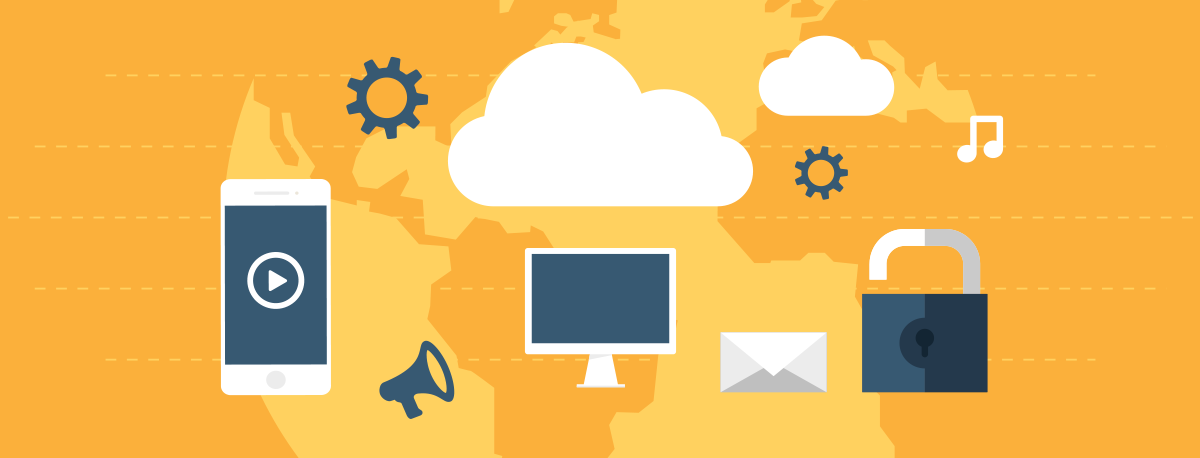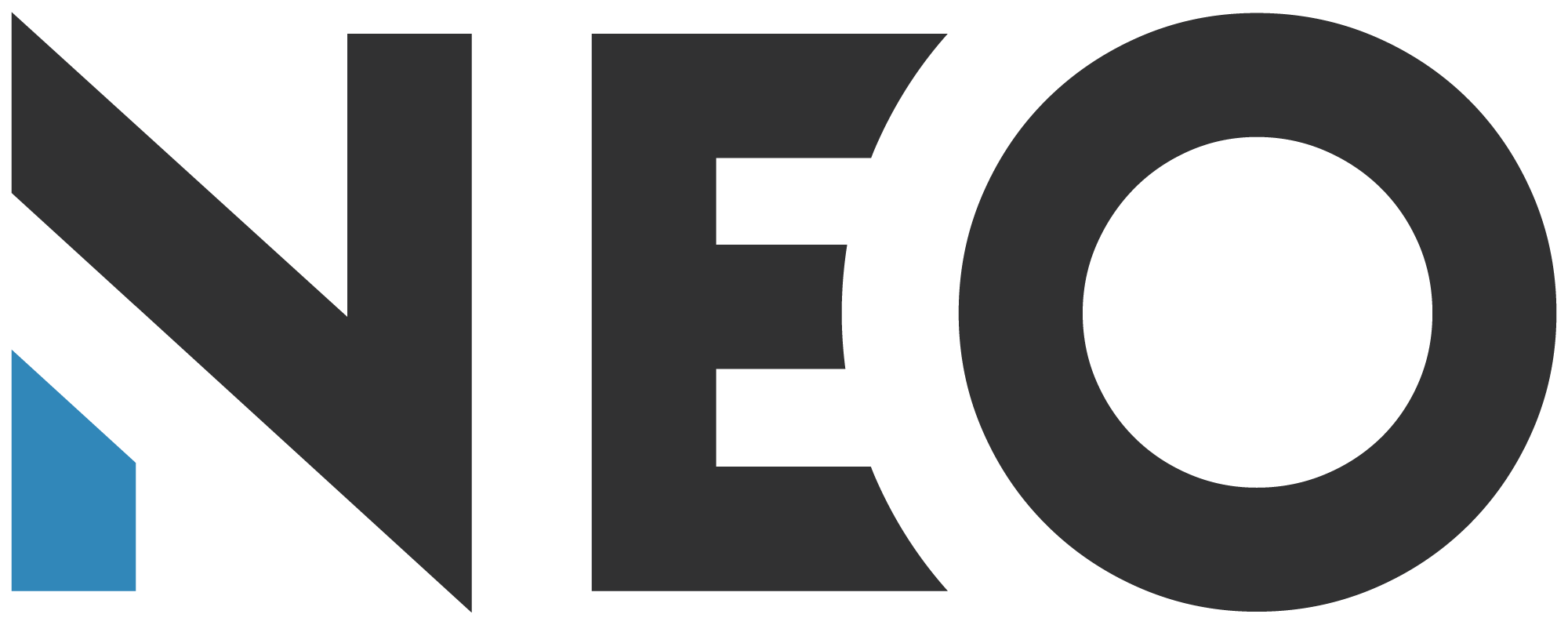
At its core, IoT is simple: it’s about connecting devices over the internet, letting them talk to us, applications, and each other. The popular example is the smart fridge: what if your fridge could tell you it was out of milk, texting you if its internal cameras saw there was none left, or that the carton was past its use-by date?
Where it’s most common, in Britain, is home heating and energy use – partially because the government is pushing energy companies to roll out smart meters.
The Internet of Things (IoT) already touches many aspects of daily life and impacts most industries, globally. It has been described as the new ‘Industrial Revolution’ and can range from small consumer devices and applications to monitor things like health and fitness, to company-wide industrial monitoring and control solutions and even city-wide deployments that use many thousands of sensors to help citizens seamlessly use a range of integrated services across transport and social care.
The key to the value created by IoT is in collecting and using data from a myriad of connected things, as well as from other data sources to make better decisions and to enable new services.
Real-time, interactive services can be delivered direct from products. This creates differentiation, justifies premium pricing and increases switching costs. It also creates a direct digital relationship with customers.
Products that come with a layer of tailored digital services build personalized connections with end-consumers, adapting to their preferences and self-improving over time. And smarter products can generate ongoing service revenue that far exceeds the original purchase price.
How does IoT work?
And what can we do with all that data?
Find out in this animated tutorial from Simplilearn:
